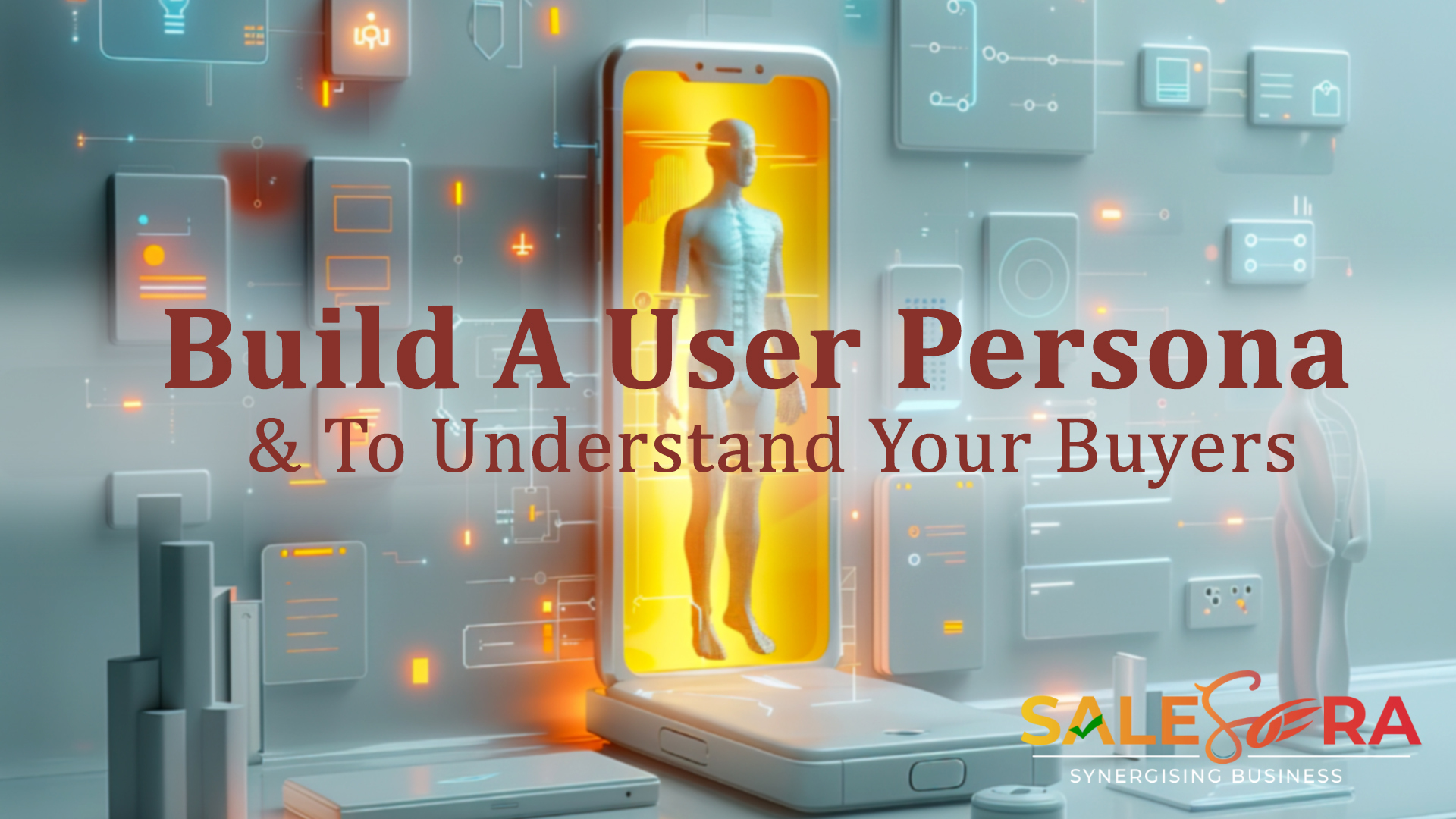The world of marketing is constantly evolving, driven by technological advancements and changing consumer preferences. Augmented Reality (AR) and Virtual Reality (VR) are two immersive technologies that have been making waves in recent years. These technologies are not just confined to the realms of gaming and entertainment; they are reshaping the marketing landscape. In this blog post, we will explore the profound impact of AR and VR on marketing and how businesses can leverage these technologies to engage customers like never before.
Understanding AR and VR
Before delving into their impact, let’s briefly define AR and VR:
AR overlays digital content, such as images, videos, or 3D models, onto the real world. This can be experienced through smartphones, tablets, smart glasses, or other AR devices.
VR immerses users in a completely virtual environment, blocking out the physical world. Users typically wear VR headsets that provide a 360-degree view of a digital world.
Now, let’s explore how these technologies are transforming marketing.
Enhanced Customer Engagement
One of the most significant impacts of AR and VR on marketing is the ability to provide immersive and interactive experiences. This engagement goes beyond traditional advertising methods, making it easier for brands to capture the attention of their target audience.
In the fashion and beauty industries, AR allows customers to virtually try on clothing, makeup, or accessories. This enhances the online shopping experience, reduces the uncertainty associated with online purchases, and increases conversion rates.
VR can create virtual showrooms or stores where customers can browse products and even interact with them in a 3D space. This is particularly valuable for industries like real estate and automotive, where customers can explore properties or vehicles without leaving their homes.
AR-powered ads can transform static images into interactive experiences. For example, pointing a smartphone at a print ad can trigger a 3D animation or offer additional product information.
Personalized Marketing:
AR and VR technologies offer marketers the ability to personalize their campaigns on a whole new level. By collecting user data and preferences, brands can create tailored experiences that resonate with individual consumers.
AR and VR platforms can collect data on user interactions, gaze tracking, and behavior within virtual environments. This data can be used to refine marketing strategies and deliver more relevant content.
Brands can enable customers to customize products in real-time using AR or VR. For example, a car manufacturer might allow customers to configure the color, interior, and features of a vehicle in a virtual showroom.
AR can be used to deliver location-based content, such as promotions or discounts, when users are in proximity to a physical store or landmark.
Brand Storytelling:
Immersive technologies like AR and VR enable brands to tell their stories in creative and captivating ways. Instead of traditional advertisements, they can craft narratives that draw consumers into their world.
VR allows brands to create 360-degree videos or virtual tours that transport users to different places, whether it’s a behind-the-scenes look at a factory or an exotic travel destination.
AR can be used to create interactive storytelling experiences. For example, museums can use AR apps to provide additional information about exhibits when visitors point their devices at specific objects.
Both AR and VR can incorporate gamification elements into marketing campaigns. Brands can create games or challenges that engage users and reward them for participating.
Elevated Product Demonstrations:
For businesses selling complex or innovative products, AR and VR offer an effective way to demonstrate their features and benefits.
VR can simulate the operation of machinery, equipment, or software, allowing customers to gain a deeper understanding of how a product works before making a purchase.
AR and VR are valuable tools for training employees or educating customers about products and services. For instance, airlines use VR to train pilots, and medical companies use AR to teach surgical procedures.
In real estate and construction, VR can provide virtual tours of properties or construction projects, helping clients visualize the end result.
Challenges and Considerations:
While AR and VR offer tremendous marketing potential, there are challenges to consider:
- Cost:
Developing AR and VR experiences can be expensive, particularly for small businesses. However, as technology evolves, costs are likely to decrease.
Not all consumers have access to AR and VR devices, which can limit the reach of marketing campaigns. Compatibility issues and the need for high-performance hardware are also factors to consider.
Collecting user data for personalization must be done carefully to respect privacy concerns and adhere to relevant regulations like GDPR.
TO CONCLUDE, Augmented Reality (AR) and Virtual Reality (VR) are redefining marketing by offering immersive, interactive, and personalized experiences that engage customers on a profound level. From virtual try-ons and interactive advertising to personalized storytelling and product demonstrations, these technologies have the potential to transform how brands connect with their audience.
While challenges such as cost and technical barriers exist, the continued evolution of AR and VR is likely to overcome these hurdles. As businesses explore innovative ways to harness the power of these technologies, we can expect to see even more groundbreaking marketing campaigns that captivate and delight consumers in the years to come. AR and VR are not just the future of marketing; they are the present, and businesses that embrace them stand to gain a competitive edge in the ever-evolving world of digital marketing.
![]()
![]()
![]()
![]()
![]()
![]()







